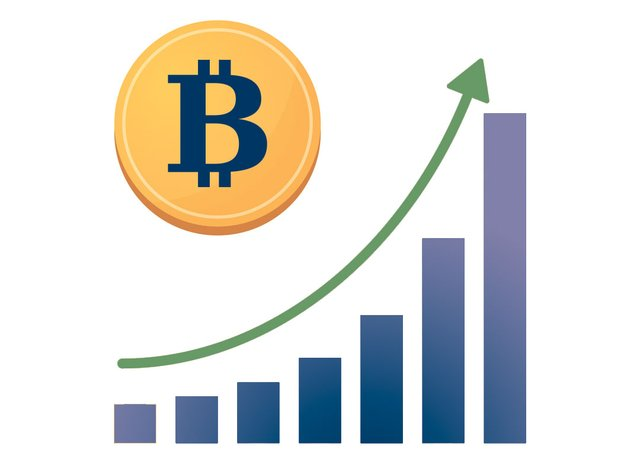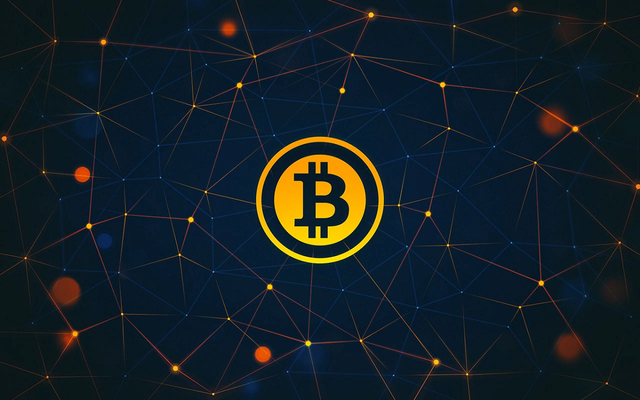Cryptocurrency in a nutshell✌

Bitcoin, Ethereum, Litecoin, What’s all that?
They are distributed public blockchain networks. Although there are some significant technical differences between the two, they usually differ in purpose and capability.
For example, Bitcoin offers one particular application of blockchain technology, a peer to peer electronic cash system that enables online Bitcoin payments. While the Bitcoin blockchain is used to track digital currency transactions, the Ethereum blockchain focuses on running the programming code of any decentralised application.
Smart contracts
So blockchains are used to record transactions and user can use them to make payments, store their wallet etc?
There seem to be more: Smart contracts,used to facilitate the exchange of money, content, property, shares, or anything of value.
When running on the blockchain a smart contract is programmed to automatically executes when specific conditions are met. They run exactly as programmed without any possibility of censorship, downtime, fraud or third party interference.
Banks seems to be interested in this, as they haven’t been able to resolve this problem for decades. Hence Ethereum popularity, the implementation supports smart contracts and was one of the first blockchain to promote this application.
Fees
Crypto currencies claim they solve the problem of high fees charged by bank institutions, VISA etc when maying certain payments. Seems like it is not so true anymore, at least for BitCoin as transactions reached, during congestion, the double digit dollars. Let’s say Bob transfers some Bitcoin worth $50 to Alice in December 2017, the network would charge a fee of somewhere near $10 woth of bitcoins, and fees vary a lot. Why?
The Miners
Cryptocurrencies are using peer to peer networks (or nodes of computers) to compute transactions. We call them crypto because they uses cryptography to secure the system (e.g to avoid double payments, hacks etc.). Miners are those computers doing work (of proof of work) to validate transactions and update each block in the chain. A block is pretty much a book of all transactions made in a cycle (10mins for bitcoin). The chain contains all blocks from the beginning of that cryptocurrency existence.
Why would people or companies use their hardware and power to mine? Because that’s where the fees go, to those minors, and not just that, miners get fees, and also ‘mined’ coined. I will get into the reason Bitcoin in particular has such high fees today.
Supply
How many coins can the Bitcoin network have? About 22 Million.
This number is simply defined by the core developer of the network. The program/software is written to only supply this 22 Millions amount of coins, over time.
So it started with a small number, today there are roughly 16 Millions in circulation. Everyday we see more coins being added to the network, this is the result of a miner getting reward for their work every 10 mins (on top of the fees). Once the max amount of coins is issued (somewhere in 2022, that’s the prediction) then miners will only get fees.
Hashrate
So, we talked about nodes and miners. Pools of miners altogether produce a hash generation power. It’s called hash because the proof of work basically consists of guessing the hash to validate transactions (crypto land, lookup the techy bit if you want to know more).
At a given time, the thousands, millions of miner machines compute million or billion of hashes per seconds, to support the network.
The more miners we have, the more they compete to get the reward (the right guess of that winning hash). The network thus perform an adjustment of the reward, as the number of miner increases, the reward ratio lowers. As the number of miners goes down the reward increases (incentive to support the network).
Bitcoin fee and transaction time oddity
Today bitcoin is the most popular crypto currency, market capitalisation of over $100 billion. Supporting the highest amount of transaction/volume. Although a lot of miners are there to compute transactions, the fee required to get into the next block has to be set pretty high, as there can be only one 1MB block written every 10mins (again the software dictated so). So, if a surge of transactions happen, a backlog forms and transaction having lower fees might take hours or days to confirm, they are taken as low priority by miners.
Alt coins
Bitcoin is the main (first) cryptocurrency out there. Then other networks appeared, like Ethereum mentioned above. There are hundreds of other coins today, we call them alt (alternative) coins.
Profit
Looking at the top 10 crypto coins (by volume or capitalisation) there seem to be an exponential growth in value. One might buy a bitcoin today at $9,000 dollars, and see its value grow to $15,000 in a month; sell that coin and profit $6,000. Perhaps that explains the growth

As of end 2017, a lot of people are investing, pretty risky as all of this might just be a massive bubble ready to burst. But what’s so attractive is that crypto currencies have a finite number of coins, it’s a bit like non materialised/virtual gold.
It makes user believe this will become the perfect international (peer to peer thus cross borders) currency everyone should use to exchange goods and services. It’s even more than a currency, it’s actually Money as no centralised entity can decide to just produce more coins.
Pump and Dump
Speculations come in. Reddit subs are flooded with messages to promote investing in a particular crypto, and speculators (visibly having massive cash backup) influence the market.
We call a Pump the phase where an actor or more are deliberately buying significant amounts of coins to raise their value, others might jump on the wagon, and the speculator suddenly decides to Dump (sell) all or part of the recently purchased coins, getting hefty profit, unless nobody else agreed to buy them after the pump began.
Conclusion
Bought my first coins a few weeks ago. I see a raise of about 12%. I still haven’t made a profit as profit (or loss) is only made when sold. But I will observe the market and provide more insights as I understand the land of crypto.
Update 1: After this article was originally written, the value of Bitcoin doubled in price in less than 2 months. The first half of 2018 showed a stagnation and even decrease of Bitcoin value in $. Volume of transactions decreased as well, fees went back to acceptable levels.
@ cryptomoun
Posted using Partiko Android
Thank you so much for being an awesome Partiko user! You have received a 0.88% upvote from us for your 117 Partiko Points! Together, let's change the world!
Congratulations @cryptomoun! You have completed the following achievement on the Steem blockchain and have been rewarded with new badge(s) :
Click here to view your Board
If you no longer want to receive notifications, reply to this comment with the word
STOPDo not miss the last post from @steemitboard:
Vote for @Steemitboard as a witness and get one more award and increased upvotes!